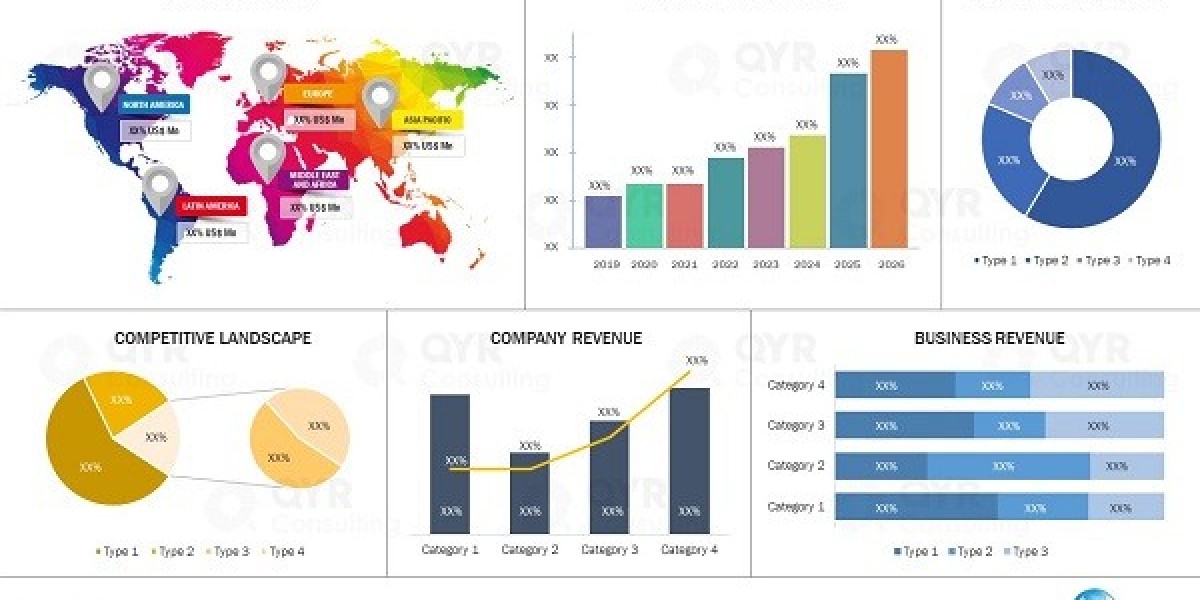The traditional approach to semiconductor manufacturing, known as Moore's Law, has focused on shrinking transistors on a two-dimensional plane. However, as the physical limits of scaling are approached, the industry is increasingly turning to the third dimension. The 3D Integrated Circuit (3D IC) market represents a revolutionary paradigm shift, moving from planar chip design to vertical integration, stacking multiple active layers or chips on top of each other. This innovation is crucial for achieving unprecedented levels of performance, power efficiency, and miniaturization in electronic devices.
Defining 3D ICs
A 3D IC is essentially a single integrated circuit constructed by stacking two or more layers of active electronic components vertically, connecting them with short, high-density interconnects like Through-Silicon Vias (TSVs). Unlike System-in-Package (SiP) which uses conventional wiring or packaging techniques to connect disparate chips side-by-side or stacked, 3D ICs involve direct die-to-die bonding with very fine pitch connections, effectively creating a single, denser chip.
Key types and approaches within the 3D IC market include:
2.5D Integration: This involves placing multiple dies side-by-side on a silicon interposer, which then connects them with fine-pitch traces and TSVs to a larger package substrate. High Bandwidth Memory (HBM) modules are a prime example.
3D Stacking with TSVs: Directly stacking multiple active dies (e.g., logic, memory) and connecting them using TSVs, which are vertical electrical connections passing through the silicon wafer. This offers the shortest interconnects.
Monolithic 3D ICs: A more advanced concept where multiple active layers are fabricated sequentially on a single wafer, eliminating the need for separate die bonding steps but presenting significant manufacturing challenges.
Driving Forces Behind Market Expansion
The robust growth of the 3D IC market is fueled by a confluence of technological demands:
Performance Enhancement: Stacking chips vertically drastically reduces the distance electrical signals must travel compared to traditional 2D layouts. This translates to significantly higher speeds and lower latency, essential for high-performance computing (HPC) and AI applications.
Power Efficiency: Shorter interconnects mean less power is consumed for data transmission, making 3D ICs ideal for power-sensitive applications like mobile devices and data centers.
Miniaturization and Form Factor Reduction: By stacking, more functionality can be packed into a smaller footprint, critical for compact consumer electronics, wearables, and medical implants.
Bandwidth Improvement: 3D stacking enables a much higher number of interconnects between stacked layers, leading to unprecedented data bandwidth, particularly vital for memory-intensive applications.
Heterogeneous Integration: 3D ICs facilitate the integration of different types of components (e.g., logic, memory, sensors, analog circuits) from various manufacturing processes into a single, cohesive unit, optimizing each component for its specific task.
Beyond Moore's Law: As traditional scaling becomes more challenging and expensive, 3D integration offers a viable pathway to continue improving chip density and performance, extending the benefits of semiconductor advancement.
Rise of AI, 5G, and IoT: These transformative technologies demand extreme performance, power efficiency, and compact integration that 3D ICs are uniquely positioned to provide. AI accelerators, 5G base stations, and complex IoT edge devices are increasingly adopting 3D packaging.
Key Market Trends and Applications
Memory-on-Logic Stacking: High Bandwidth Memory (HBM) stacked on logic dies (e.g., GPUs, FPGAs, AI accelerators) is a major driver, providing massive data throughput for AI training and HPC.
Sensor Integration: Stacking image sensors with processing logic for faster data capture and on-chip analytics in cameras and autonomous systems.
Mobile and Wearable Devices: The need for compact, powerful processors in smartphones and smartwatches is pushing the adoption of 3D ICs.
Advanced Packaging Evolution: The 3D IC market is closely intertwined with advancements in overall advanced packaging technologies, including bonding techniques, thermal management solutions, and wafer-level processes.
Increased R&D Investment: Major semiconductor companies and research institutions are heavily investing in overcoming the manufacturing complexities and yield challenges associated with 3D ICs.
Challenges and Outlook
Despite its immense potential, the 3D IC market faces significant hurdles:
Thermal Management: Stacking heat-generating components intensifies thermal dissipation challenges, requiring innovative cooling solutions.
Manufacturing Complexity and Yield: Aligning and bonding multiple ultra-thin wafers or dies with precise TSVs is incredibly complex, impacting manufacturing yield and cost.
Test and Repair: Testing individual layers before stacking, and debugging integrated 3D structures, is considerably more challenging than with 2D chips.
Cost: Initial adoption can be expensive due to complex manufacturing and specialized equipment.
Standardization: Lack of universal standards for 3D IC design and integration can hinder broader adoption.
Nevertheless, as the demand for ever-more powerful and compact electronic devices continues unabated, the 3D IC market is poised for significant expansion. Ongoing advancements in manufacturing processes, materials science, and design tools are gradually addressing current challenges, paving the way for 3D ICs to become the new standard for high-performance and high-density electronics, truly enabling the next generation of computing.
Related Reports:
Indonesia Electronic Weighing Scale Market
Japan Electronic Weighing Scale Market
Mexico Electronic Weighing Scale Market







